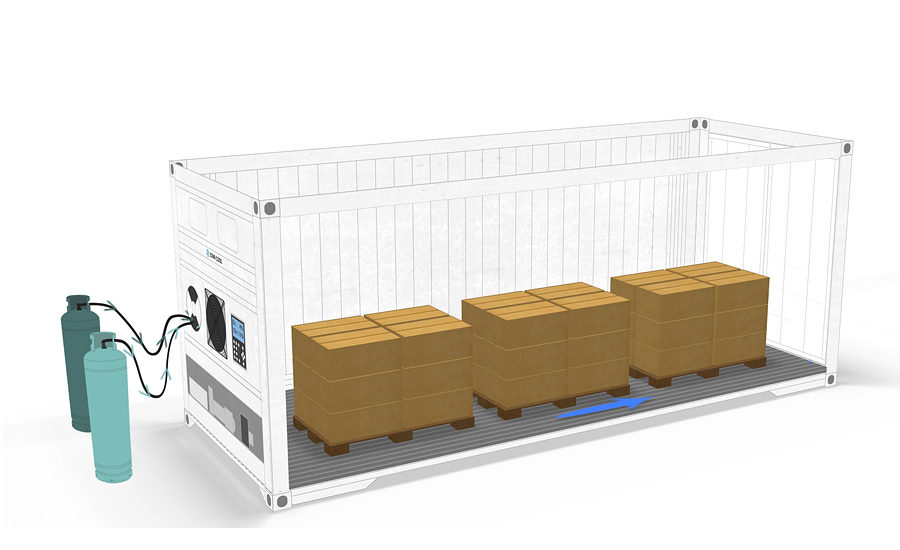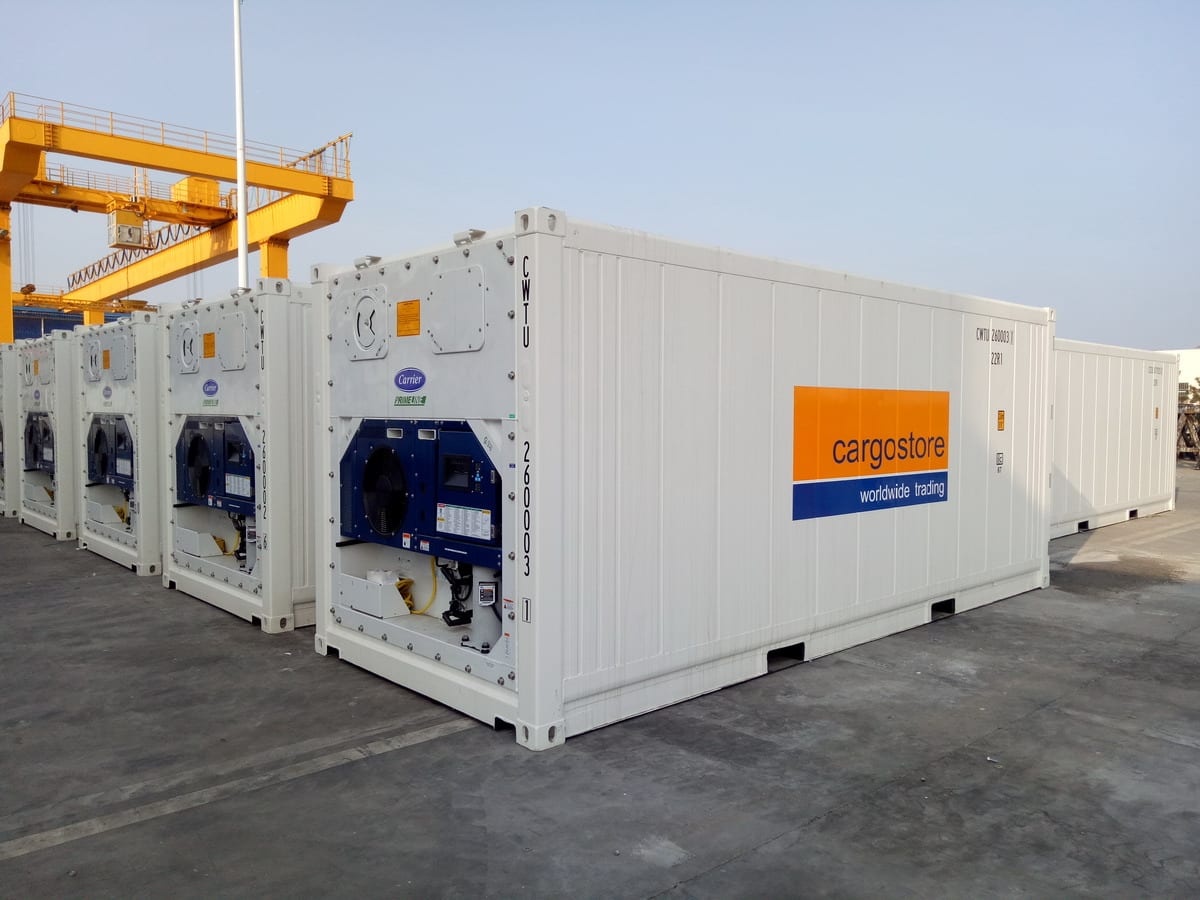There are too few reefer containers (refrigerated containers) available. This puts a brake on the export of onions and seed potatoes to remote sales countries. The cause is the corona crisis. In various countries, including the Far East, containers are empty, waiting for goods. Despite this, Dutch onion exports are currently booming.

In many countries, many reefer containers are waiting to be filled with goods destined for Europe. The global corona crisis means that there are considerably fewer shipments. In addition, shipping companies do not transport empty containers. They prefer to take advantage of the resulting shortages by charging higher transport fees and, moreover, by only sailing with larger ships.
Effects
The shortage of refrigerated containers also affects the onion and seed potato sector. For the transport of these crops, a considerable part of reefer containers are used. “For our onion exports, between 30,000 and 40,000 tons per week to Senegal, among other places, we use pallets that we place in reference ships (refrigerated ships). So we are currently less affected by the shortage of refrigerated containers, ”says William Nannes of JP Beemsterboer Food Traders.
Solid exports
According to Nannes, exports are still strong at the moment. “The price of onions has risen every week, currently the bale prices are around 27/28 cents. The dropped onions now leave our country for 30 cents per kilo ”, says Nannes. This is expected to continue until the end of this year. It remains to be seen how sales of Dutch onions will develop from January. “Our experience is that exports to African countries largely come to a standstill in January. These countries then have their own onions. The question is how we deal with this. Normally we then sell a considerable part of the Dutch onions in other European countries. However, these countries now also have enough onions ”, says Nannes. According to the calculators, a weekly export would be 12,000 to 13.
Pricing
It is also questionable whether the high price can be maintained. Nannes: “In the international onion trade, 30 cents / kg is a crucial number. If the price exceeds this, buyers will look for alternatives. ”
